Expert interview: “Around the world on EUR 8 a day”
Anaïs Bouillet travelled the world in 2011: from the African savanna to the steppes of the Urals, passing through India, Tibet and the Andes along the way. This young HR manager and her companion had a limited budget for their trip, so they took the time to plan and budget each stage of the journey, while allowing for contingencies and the freedom to improvise.
We went to meet the intrepid explorer, eager to hear about her top travel tips. Living on a tight budget did not make her memories any less priceless.
• What inspired your round-the-world trip?
Anaïs Bouillet : My motivation to go on this kind of adventure was many-fold. The most obvious one was that I really wanted to discover the world. It felt like the right time: I was young and had no children or constraints. I was free to leave.
• Did you have a large budget for this trip?
I started saving up more than a year before my departure, and also sold my car. The total budget was EUR 14,000 per person. That seems like a lot, but for a 12-month trip, it’s not all that much. Plus it included flights, visas, vaccinations and all pre-departure spending.
• You had planned to spend no more than EUR 8 per day in each place. Was that easy?
That was the daily budget we set ourselves, except for Europe and South America where it just isn’t feasible. For these countries, you need more like EUR 20-25 per day, and even that requires some couchsurfing and homestays.
With some planning, though, it’s perfectly doable in Africa and Asia, for example. We read a lot of forums and visited numerous tourist offices. We also swapped plenty of stories with other travellers.
• How did you access your money? And how did you manage it locally?
I wrote down our expenses in a notebook to keep track of the budget each day. If we went over one day, we tried to balance it out the next.
We withdrew local currency from cash machines, or directly from banks, in each country. For this we had to show our passports and make the request in local currency. We also needed to be very careful about the ATM and bank charges incurred on this type of transaction abroad.
We kept the money on us, split between different belt pockets. The daily budget stayed in the front pocket, and we put the rest in the other “special” pockets to keep it safe.
• Transport remains a big outlay for travellers. How did you go about travelling the longest stretches, and how did you move around once you got to your destination?
Steering clear of what several companies in France offer, we decided against buying a classic round-the-world ticket in advance.
We ran some advance simulations of inter-continental travel at the times we planned to change region. This gave us a fairly accurate budget estimate. That said, flights were obviously the biggest outlay.
For getting around, we mostly walked, hitchhiked and used local transport, which was very cheap. And to limit transport and accommodation costs, we opted for overnight train or bus journeys, even if this is not always conducive to a good night’s sleep.
• The other major expense is accommodation. How did you approach this?
Accommodation costs are clearly something that can be minimised. So, no hotels, but homestays instead. We also camped out in the wilderness, and slept in youth hostel dormitories when it was time to take a shower and get some proper rest.
Very rarely did we book accommodation in advance. In the countries we visited, it was very easy to find a host organisation or somebody who would share their life with us without wanting payment! I have very fond memories of an improvised camping trip with some Russians on the shores of Lake Baikal in Siberia, and a Mongolian woman who put us up for several nights in the yurt where she lived with her children. We also slept in a Senegalese fishing village, and on llama skins in Bolivia.
• Do you have any tips to share with our readers on food and other daily expenses?
It’s a question of using common sense rather than having insider knowledge or a magic wand. Eating in small local restaurants lets you meet local people and discover a country’s culinary wealth. And there can be a few surprises along the way: we tasted scorpions and grilled butterfly cocoons, and drank chicha, an 80° Bolivian spirit distilled from corn.
The rest of the time, we shopped in supermarkets and grocery stores found along the way. We’d then prepare a meal in our little bowl around a campfire.
• Did you have any special insurance in case you had an accident?
Our credit card covered us for the first three months. We then took out repatriation insurance, which would get us home if we had to leave a country unexpectedly.
I took the advice of a doctor at the Centre Hospitalier de Luxembourg, where I had jabs to avoid contracting certain viruses and diseases after looking at the regions and periods in which I would be travelling. My doctor also prepared me a first-aid kit with the “essentials” in case anything happened.
• What general advice would you give to anyone looking to go on such an adventure?
I would wholeheartedly recommend it to anyone. Obviously you have to be prepared, but you also have to follow your dreams.
It’s an incredible adventure, which should be lived to the full, because time flies by. It’s a unique chance to meet different people, listen to their stories and learn about their way of life, without fear or prejudice. For as long as I live, I will never forget some of the extraordinary landscapes we saw, or the kindness of the people that we met.

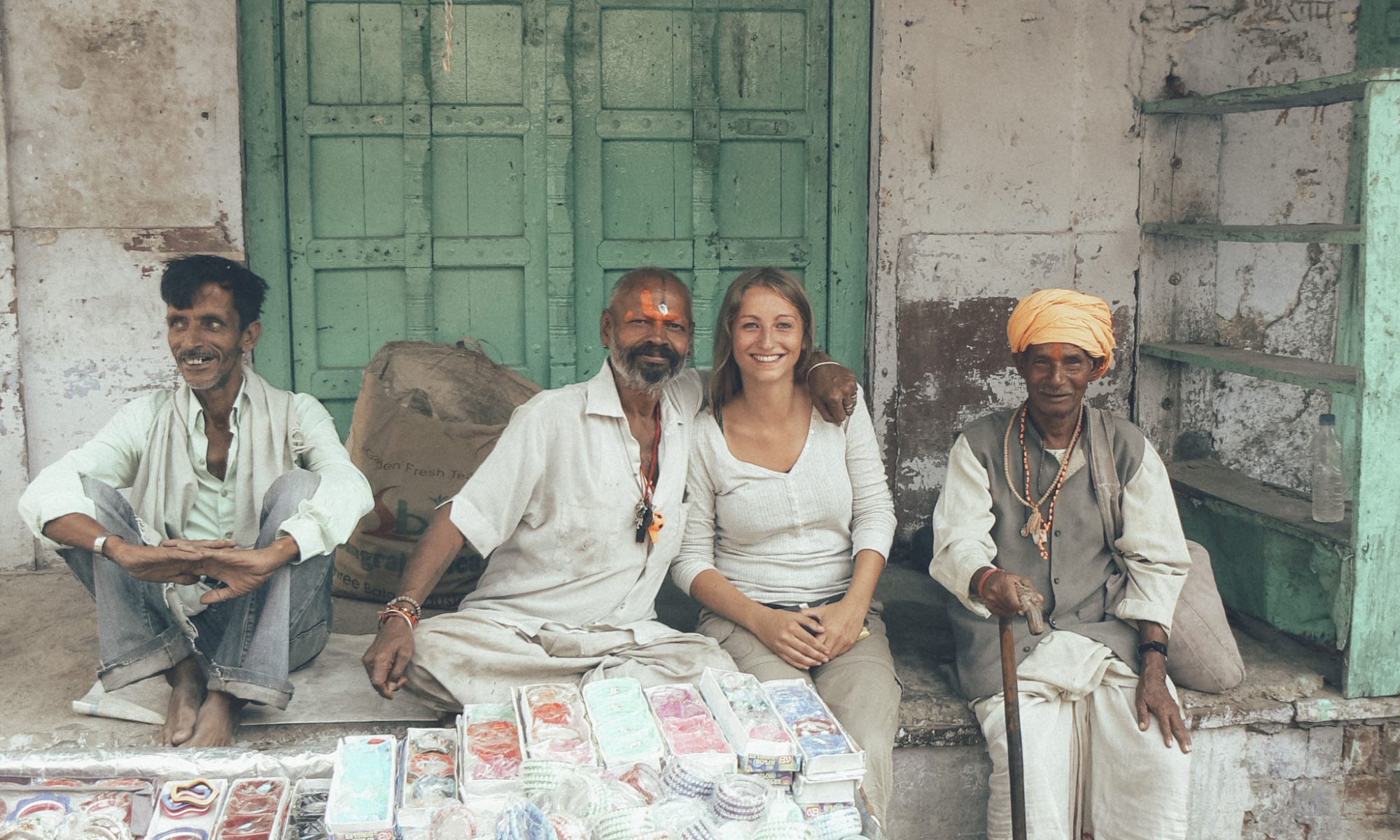
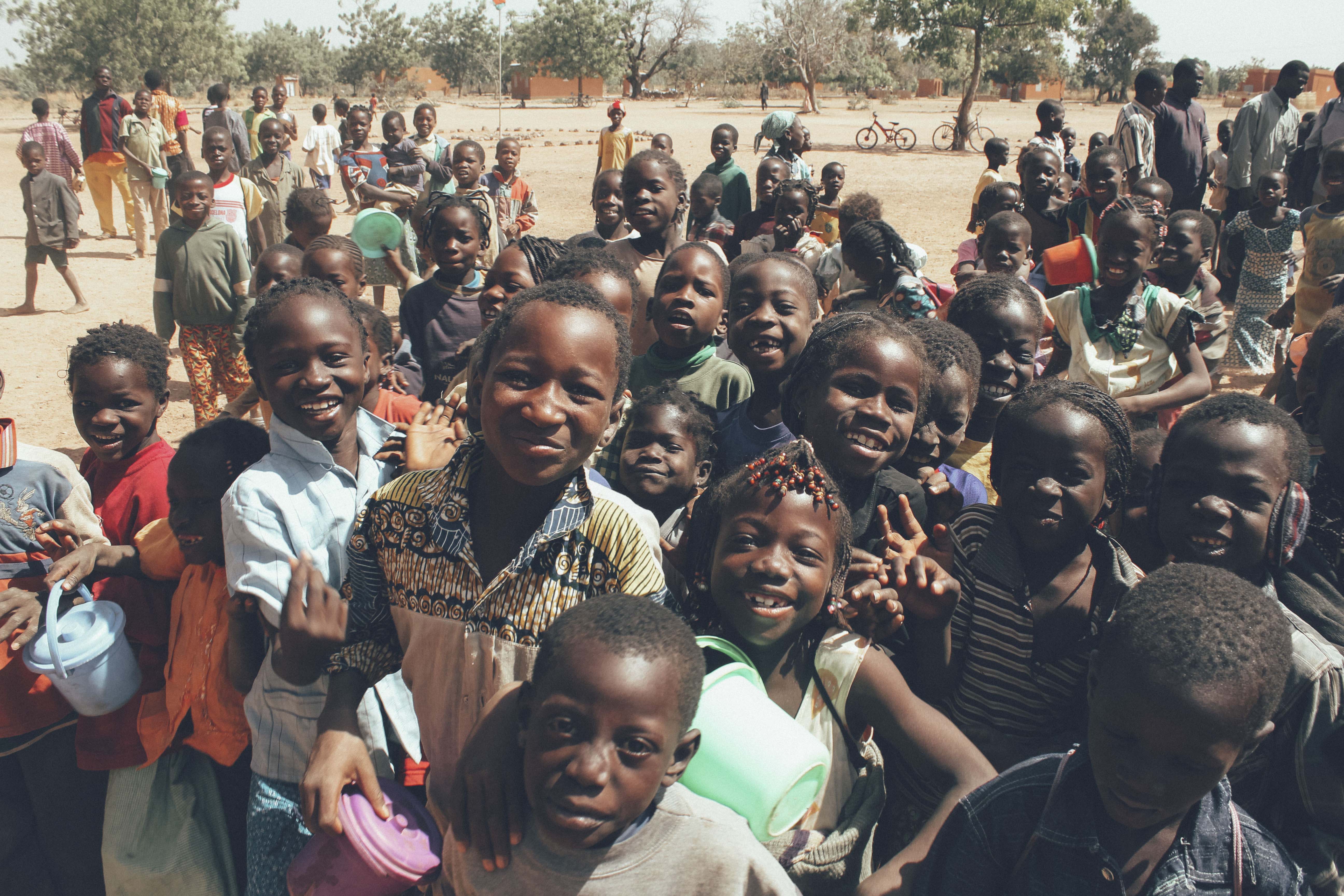

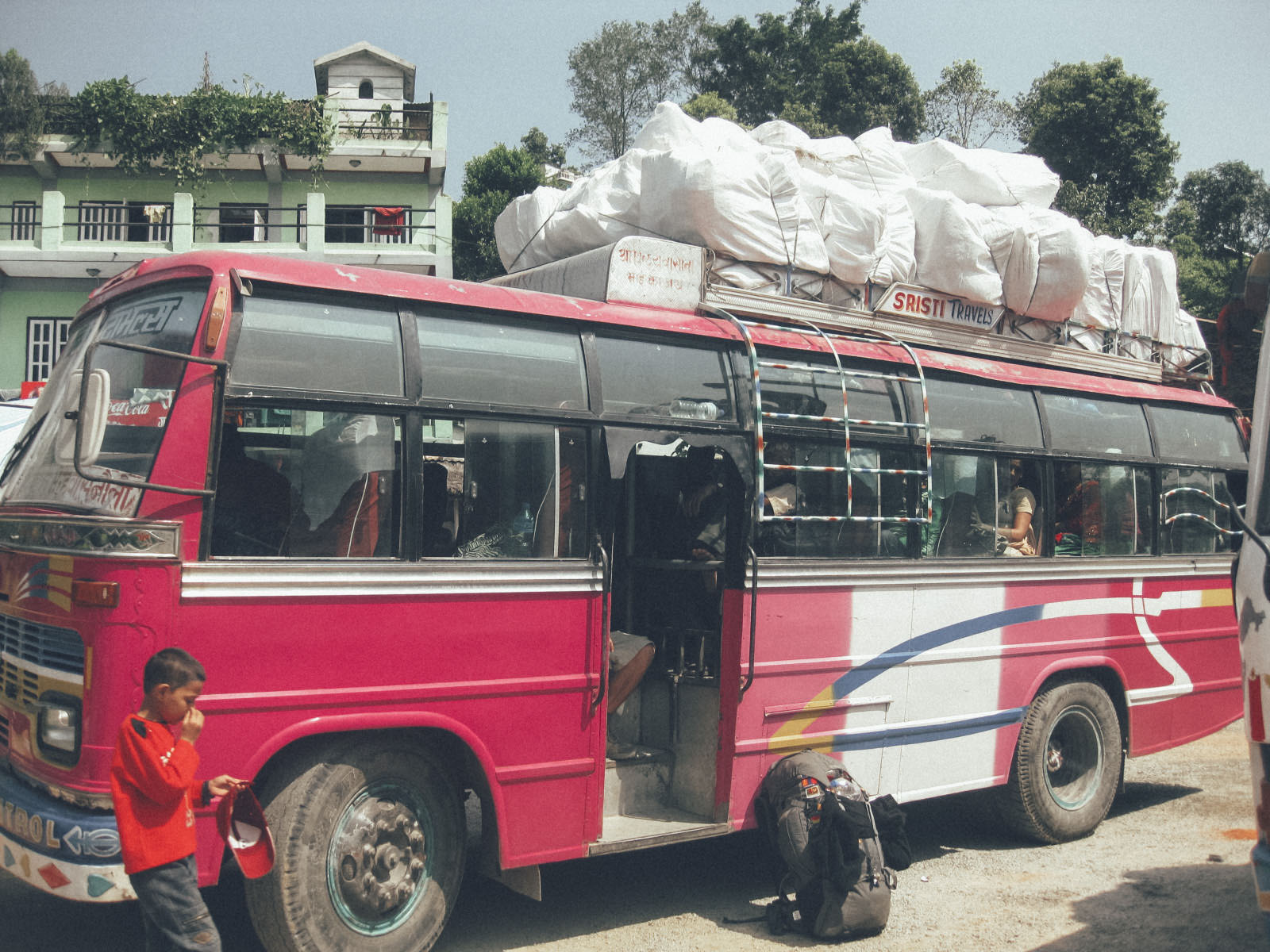
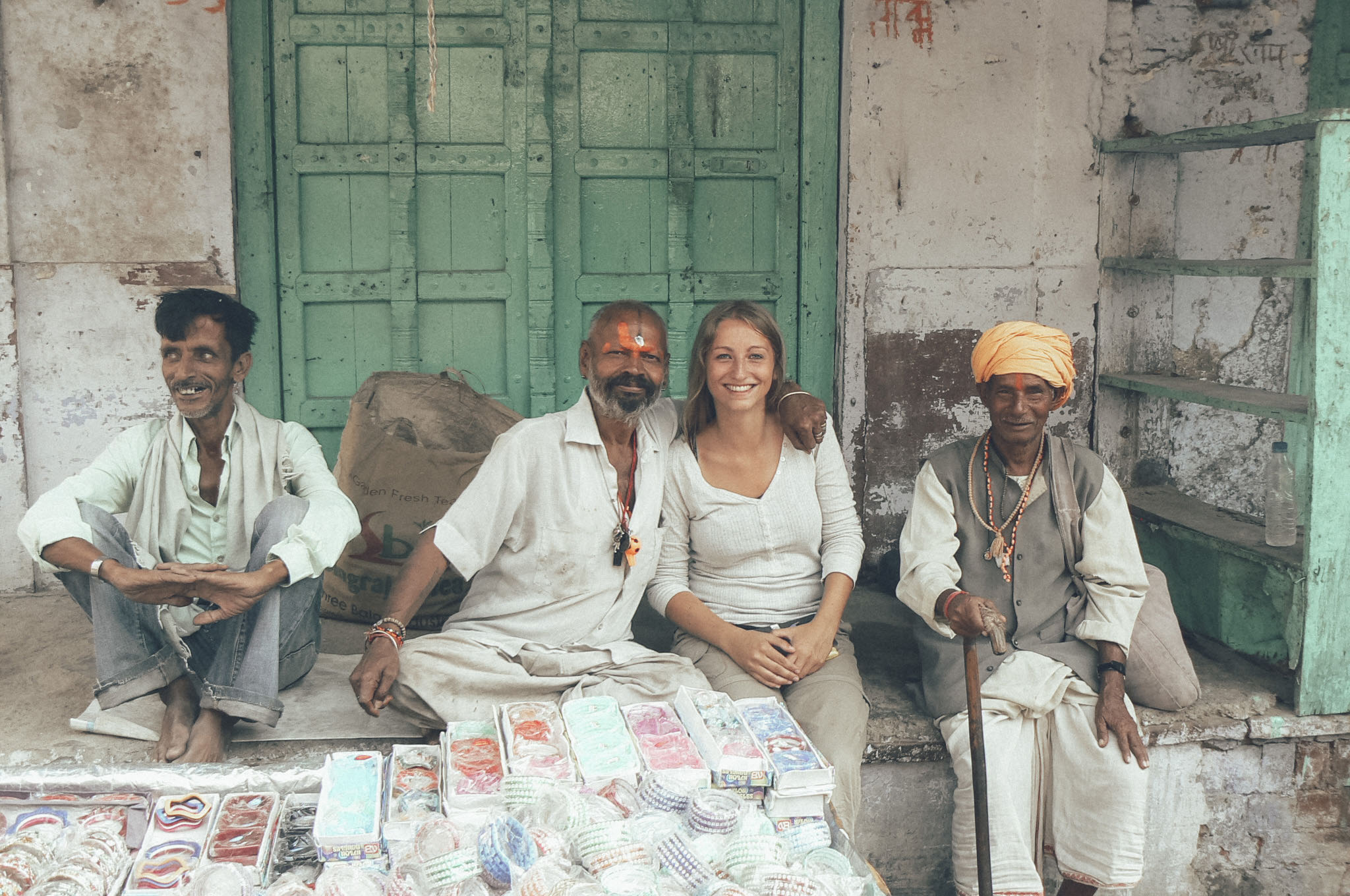
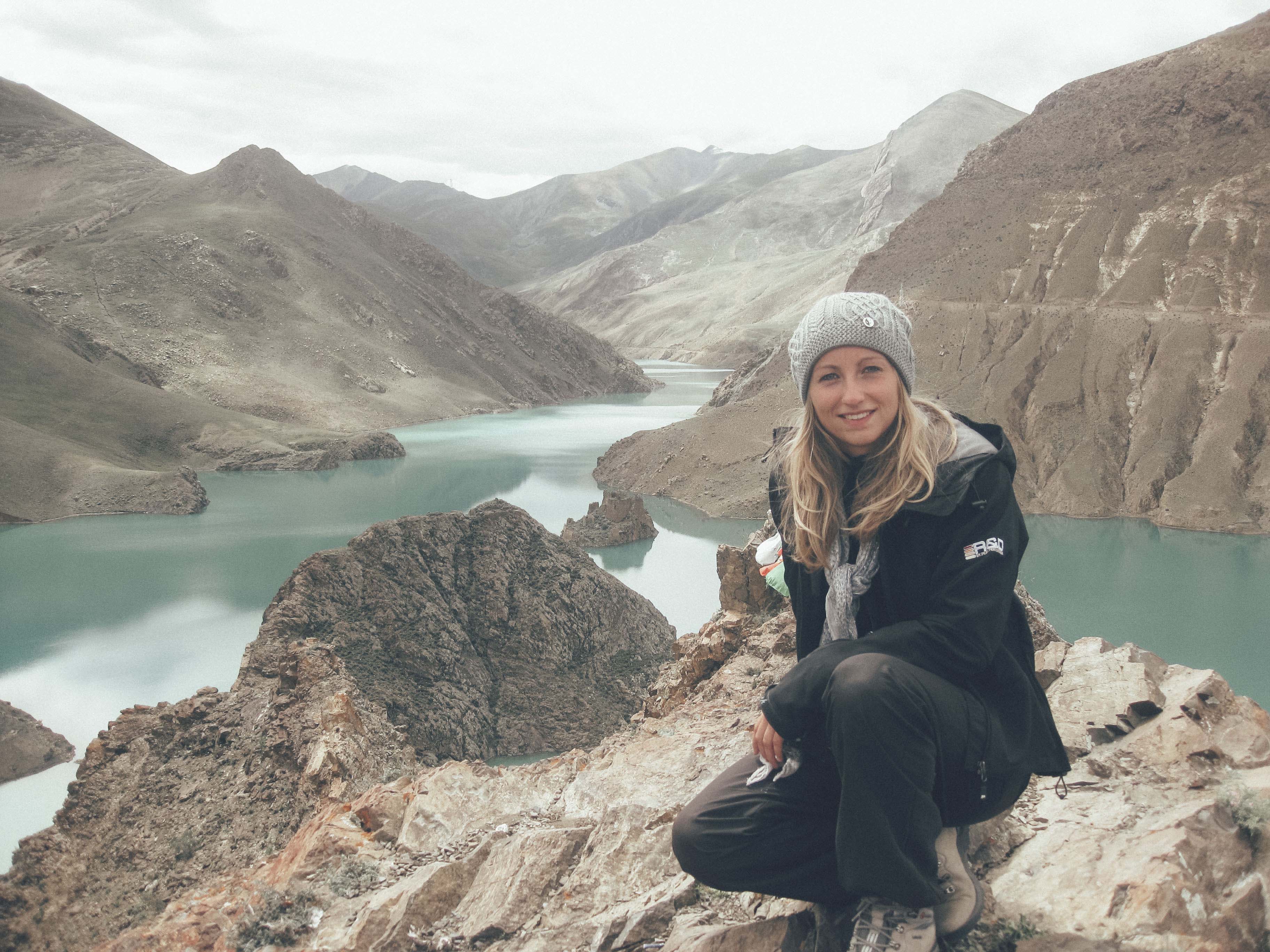

 Mortgage
Mortgage Personal loan
Personal loan Savings
Savings